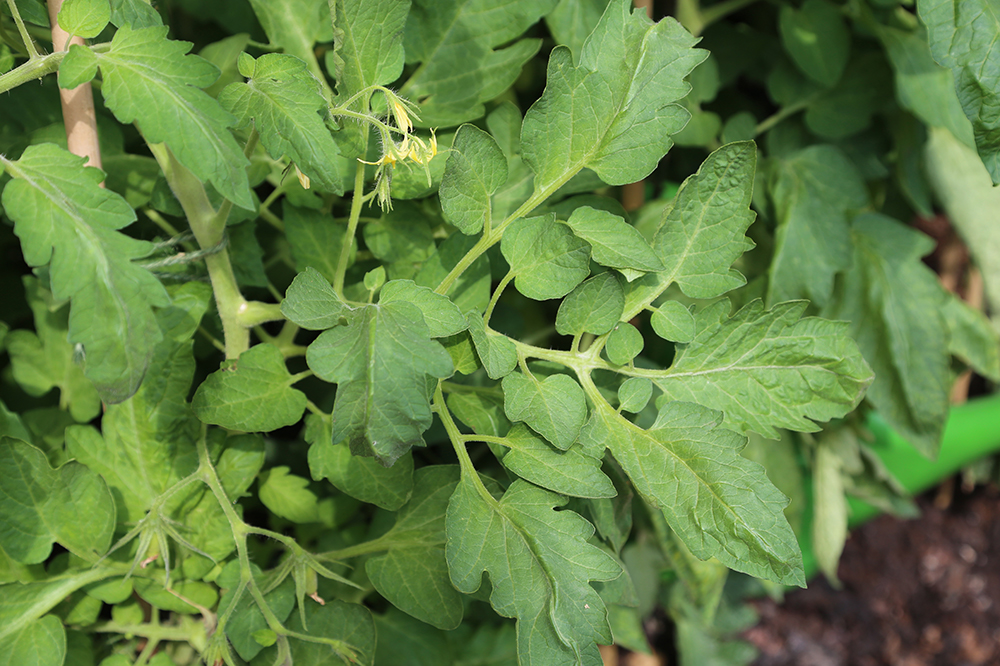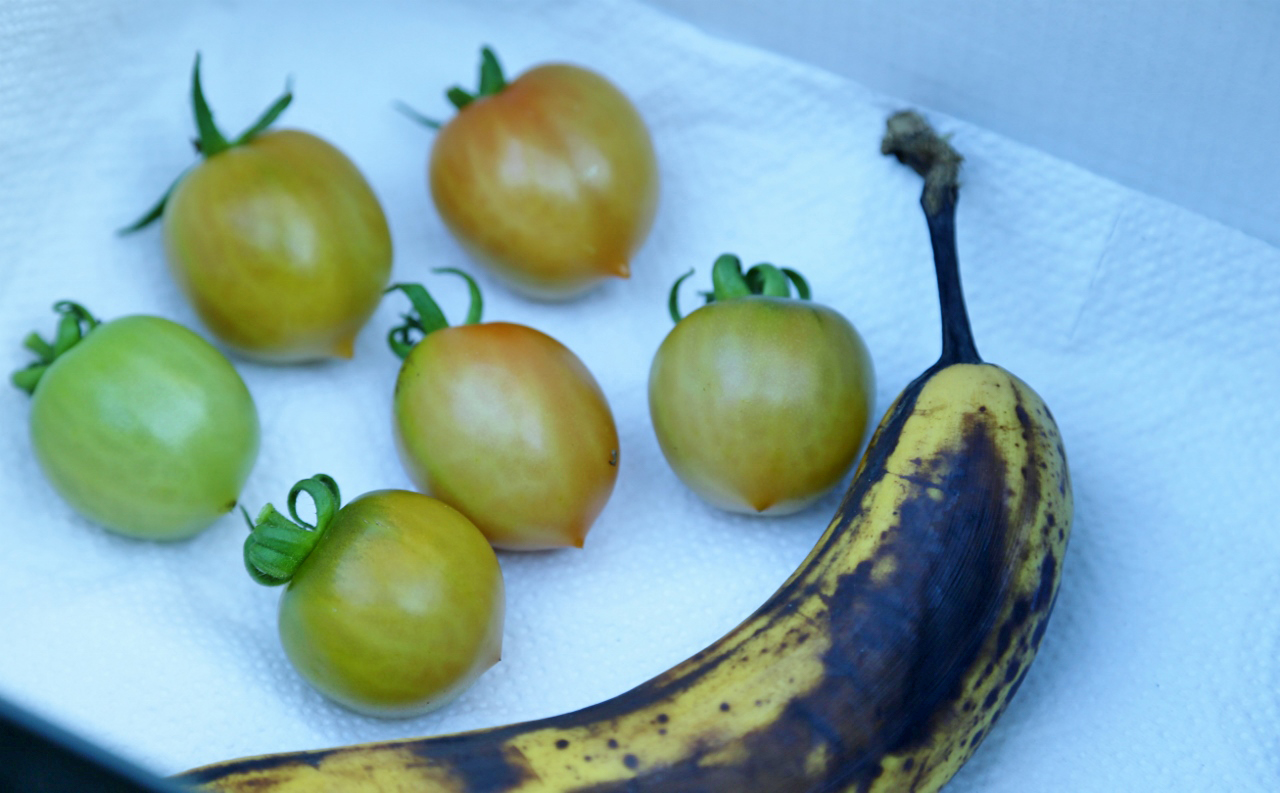Growing the tastiest tomatoes
Nothing beats your own tomatoes picked straight from plants growing in your garden. But do they taste as good as those you enjoyed on a Mediterranean holiday, or even the premium varieties that you buy at the supermarket? They should taste just as good, or even better. But what are the secrets of success? By midsummer tomatoes should be well developed and starting to ripen. Can you make a difference at this stage?
Does it depend on variety?
The variety of tomato that you grow does make a difference. Some have a better flavour than others, and sometimes that comes down to personal preference. Recent years have seen increased interest in, and availability of 'Heritage' varieties: black, purple, yellow, orange, striped and a multitude of different shapes and sizes. All have their appeal. Some are heavier croppers than others, especially the grafted tomatoes which have exceptional vigour and produce fruit for longer. Of course the season is much longer for varieties grown under glass, but inside or out you can keep them fruiting for longer by paying attention to watering and feeding.
Water regularly
Regular watering is one of the secrets of success when growing tomatoes. Irregular watering can cause blossom end rot; that is when the bottom of the fruit develops a lesion which spoils the tomato. It can also cause greenback: when the fruit ripens but the shoulders stay green and hard, again spoiling the fruit. A period of drought, followed by copious watering results in split fruits. This is often a problem later in the season outdoors when nights get cooler and regular watering has been interrupted by the holidays.
Regular feeding
Tomatoes are demanding when it comes to nutrients. The plants put on a lot of growth and are expected to produce several trusses of fruit. A regular supply of readily available nitrogen and potassium is essential. Potash, necessary for fruit production and development, is also the most soluble nutrient, so is easily washed from the soil during watering. Vitax Tomato feed, added to the can when watering once a week for outdoor tomatoes, or two or three times a week for indoor crops, supplies plenty of the main nutrients for healthy growth and fruit production.
However tomatoes also need trace elements, especially magnesium. When it is lacking the foliage soon shows it, becoming yellow between the veins. Vitax Organic Tomato Feed applied once or twice a week when watering supplies easy to absorb organic nutrients to provide your plants with all they need to keep them healthy and vigorous while fruits develop and ripen.
 Removing leaves
Removing leaves
If you are growing vine tomatoes you will be pinching out the side shoots from the beginning of the season. This encourages the plants to produce single stems with evenly spaced trusses of fruits. These have space to develop and adequate air and light for fruit development. If the side shots are allowed to develop they take nutrients, water and sap the strength of the plant. The result is weaker growth and more, inferior fruits.
Later in the season it is a good idea to remove some of the foliage, especially from the lower part of the vines. These older leaves are often in decline anyway; not only do they take water and nutrients that could be used by the growing shoot and fruits, but they may also be shading the fruits and slowing ripening.
 How to ripen green and partially coloured tomatoes.
How to ripen green and partially coloured tomatoes.
Towards the end of the season you are bound to end up with green and partially ripened tomatoes that will not ripen fully on the plants. As the nights get cooler even well-developed fruits fail to develop further. The tendency is to pick them and line them up on a windowsill in the sunshine. However, although tomatoes ripen better on the plants when they have an open sunny situation, this is not the case when they have been picked. It is much better to lay them out in a single layer in a cardboard box, cover lightly with newspaper and close the lid. Alternatively arrange them in a single layer in a newspaper lined drawer that can be fully closed. The fruits give off ethylene which stimulates ripening. In a darkened closed container the ethylene is trapped ensuring even and faster ripening, without the water loss which causes shrivelling on the windowsill. Try to arrange the fruits so that they are not quite touching, use only perfect tomatoes and check them regularly, removing any that show signs of decay. You will be surprised how quickly they ripen. If you want to hasten the process, pop in a ripe banana.
Andy McIndoe
For Vitax Gardenworld
Your login details have been used by another user or machine. Login details can only be used once at any one time so you have therefore automatically been logged out. Please contact your sites administrator if you believe this other user or machine has unauthorised access.












